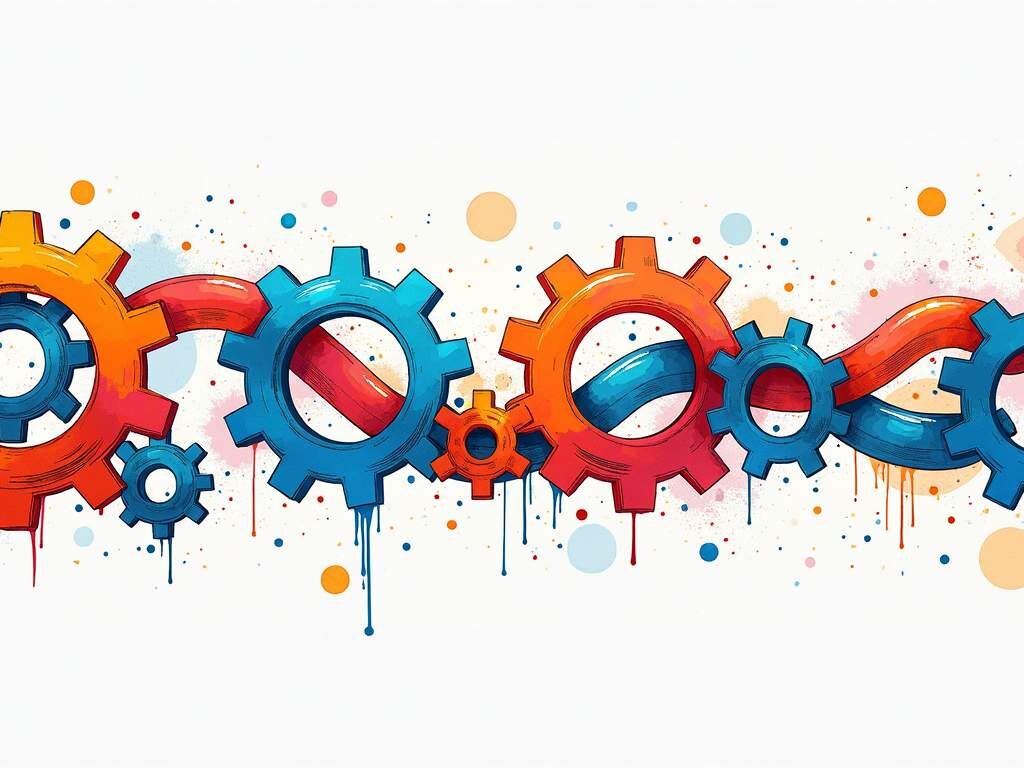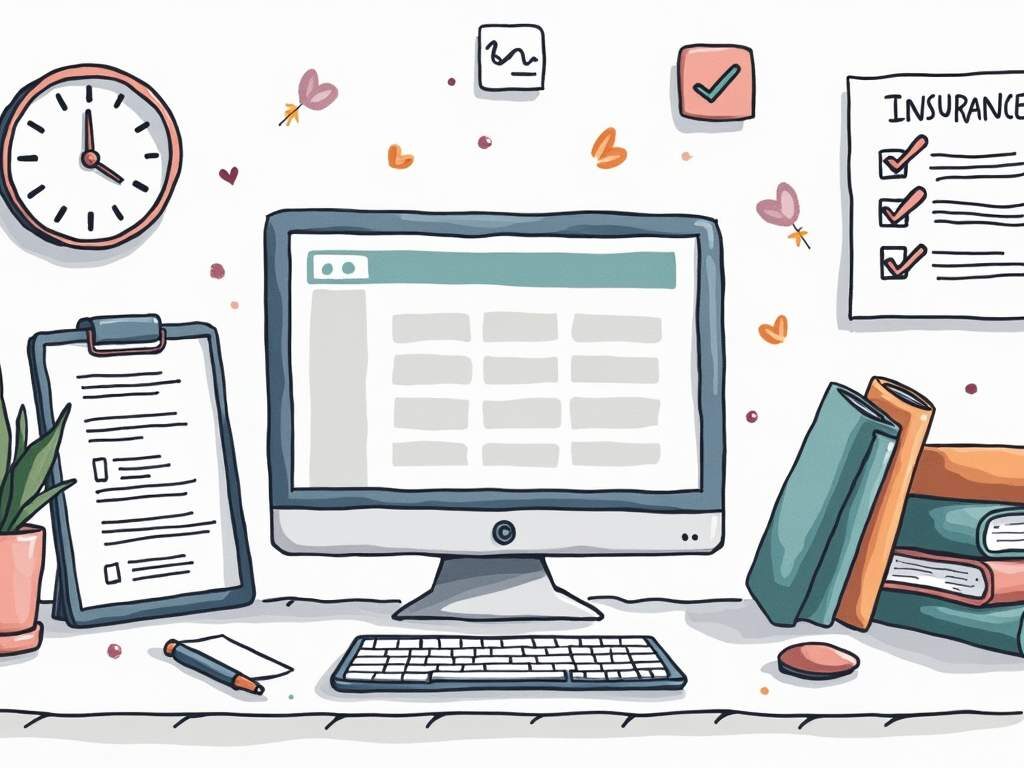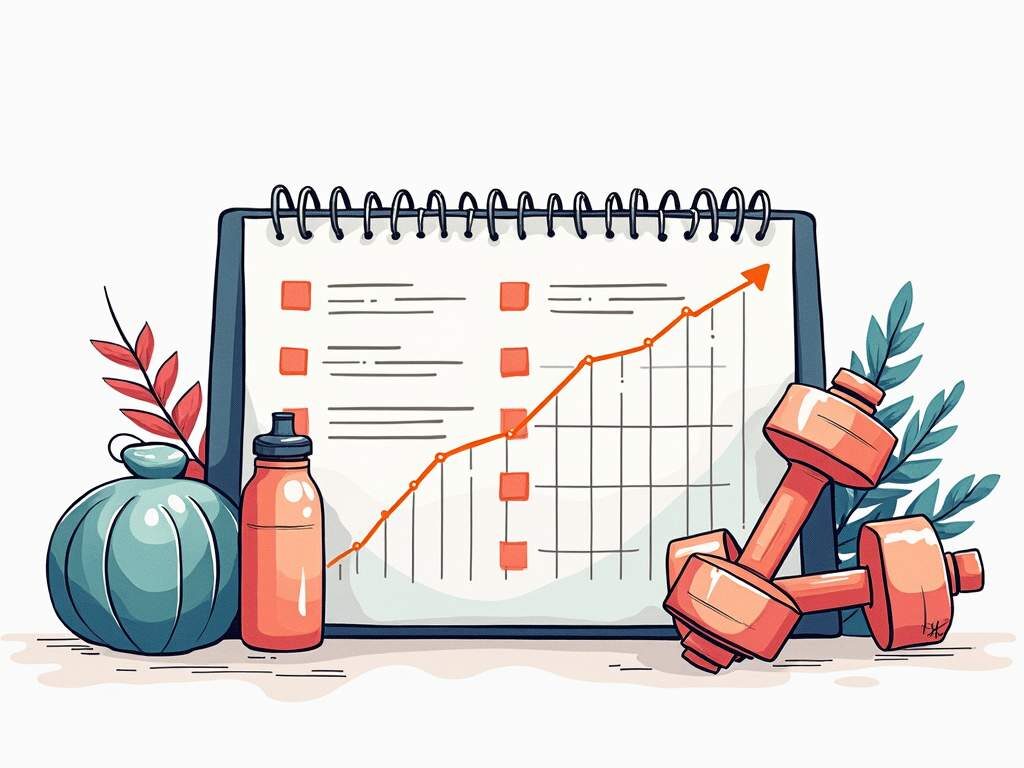In the demanding world of therapy, maintaining focus isn’t just helpful—it’s essential. Between back-to-back sessions, detailed documentation, and the emotional labor of supporting patients through their struggles, therapists face unique challenges that can quickly lead to mental fatigue and burnout. The good news? With the right strategies and tools, you can maintain your focus, increase productivity, and preserve your wellbeing.
Understanding the Therapist’s Focus Challenge
As a therapist, your attention is constantly divided. You need to be fully present with clients during sessions, switch gears to complete documentation, handle administrative tasks, and somehow find time for your own self-care. This constant context-switching is mentally taxing and can deplete your cognitive resources faster than you might realize.
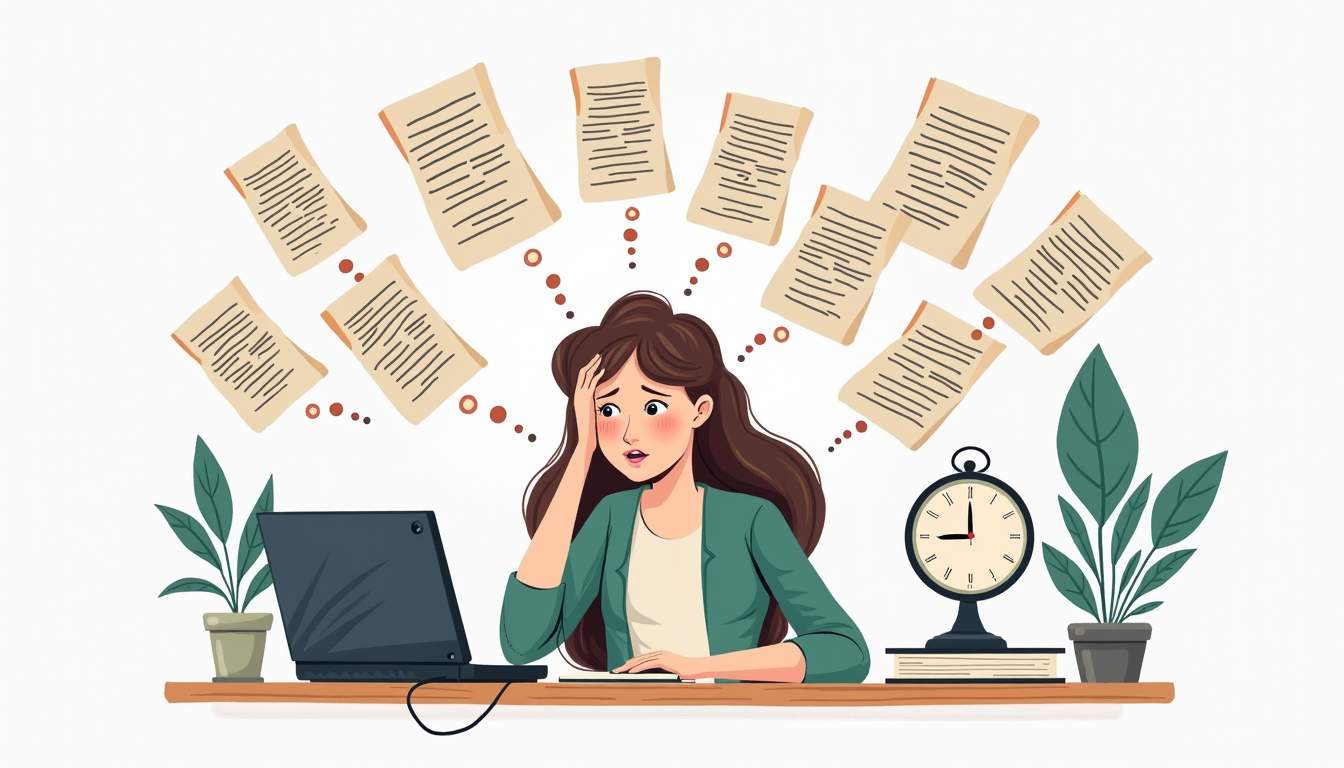
Research shows that the average professional loses up to 23 minutes regaining focus after an interruption. For therapists, these interruptions—whether a phone call between sessions or an urgent client matter—can significantly impact the quality of care provided and contribute to that end-of-day exhaustion we’re all too familiar with.
The Cost of Divided Attention
When your focus is fragmented, everyone loses. Clients may not receive the full depth of your therapeutic presence, documentation quality can suffer, and you’re left feeling drained and unfulfilled. The emotional residue from one session can bleed into the next when you don’t have adequate time to process and reset, creating a cascade effect that diminishes your effectiveness throughout the day.
Structured Time Management Techniques
The foundation of improved focus begins with how you structure your time. Rather than viewing your day as an endless marathon of tasks, consider breaking it into strategic intervals that work with your brain’s natural attention cycles.
The Pomodoro Technique for Therapists
The Pomodoro Technique, which involves working in focused 25-minute intervals followed by 5-minute breaks, can be adapted beautifully for therapeutic practice. Tools like Focus Keeper are designed around this principle, allowing you to customize work intervals to match your session lengths and schedule automatic breaks between clients.
For example, you might set Focus Keeper to run 50-minute focus sessions (for client appointments) with 10-minute breaks in between for notes and mental reset. After completing four sessions, you can program a longer 30-minute break for lunch or deeper documentation work. This structured approach prevents the mental fatigue that comes from hours of uninterrupted focus.
Time Blocking Your Clinical Day
Beyond the Pomodoro approach, consider implementing time blocking in your schedule. This means designating specific blocks of time for similar activities:
- Morning hours for client sessions when your energy is highest
- Mid-day blocks for documentation and notes
- Afternoon periods for administrative tasks
- End-of-day reflection and preparation for tomorrow
This grouping of similar tasks reduces the cognitive load of switching between different types of work and helps maintain deeper focus during each block.
The 2-Minute Rule for Administrative Tasks
Adopt productivity expert David Allen’s 2-minute rule: if a task takes less than two minutes to complete, do it immediately rather than scheduling it for later. For therapists, this might mean immediately sending that referral email or updating a client’s file with a brief note rather than letting these small tasks accumulate into an overwhelming pile.
Documentation Strategies That Preserve Mental Energy
Documentation is often cited as one of the most draining aspects of therapeutic practice. The mental shift from being present with clients to capturing detailed notes requires significant cognitive resources. Streamlining this process can preserve your focus and energy.
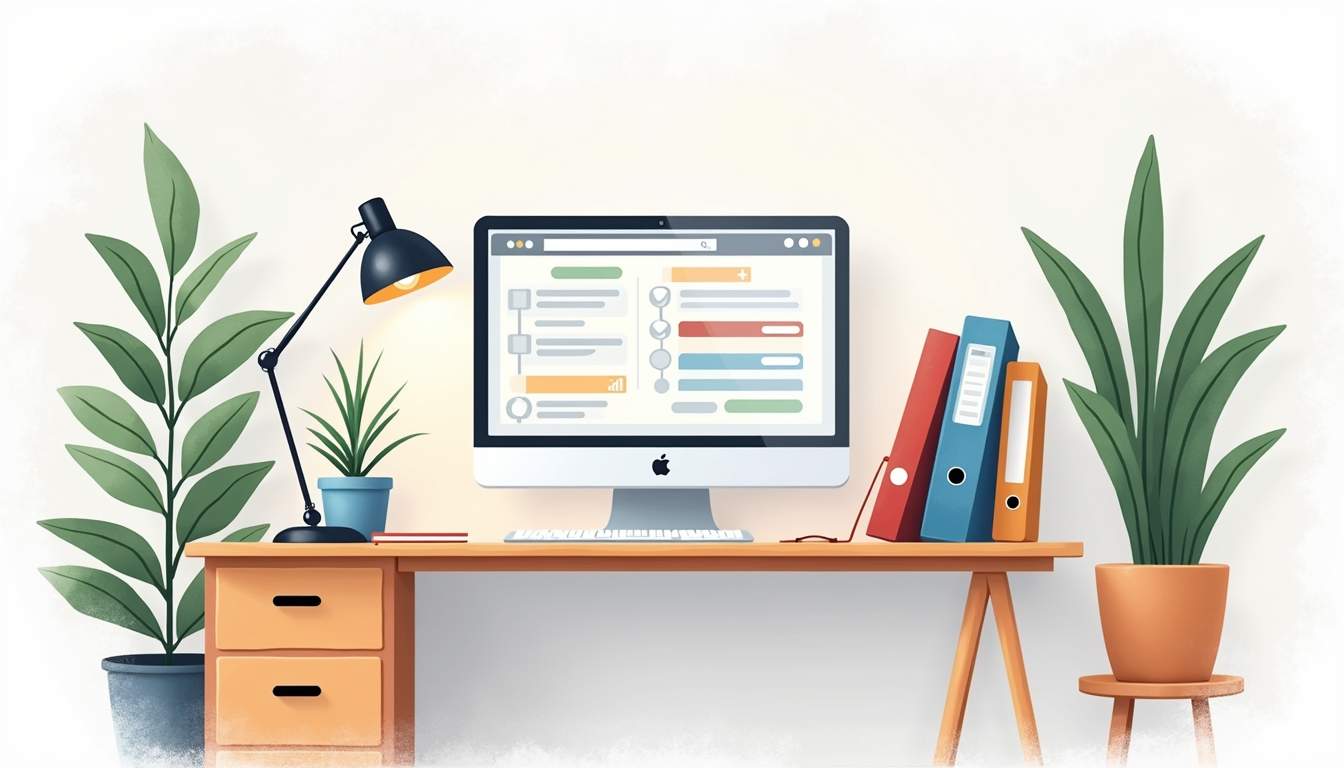
Template-Based Documentation
Create standardized templates for common session types or treatment modalities. These templates should include prompts for the essential information you need to record, allowing you to quickly fill in relevant details rather than starting from scratch each time. This approach not only saves time but reduces decision fatigue—the mental exhaustion that comes from making countless small decisions throughout your day.
Your templates might include sections for:
- Session objectives and interventions used
- Client progress toward treatment goals
- Homework assigned and reviewed
- Plans for the next session
Voice-to-Text Documentation
Consider using voice-to-text technology to capture your thoughts immediately after a session. This allows you to verbally process your observations while they’re fresh, without the additional cognitive load of typing. You can then review and edit these notes during a designated documentation block, rather than switching completely between therapeutic and administrative mindsets multiple times per day.
Environmental Design for Sustained Focus
Your physical environment significantly impacts your ability to maintain focus. Thoughtful design of your therapeutic space can reduce distractions and support cognitive performance throughout your workday.

Creating Transition Zones
If possible, create distinct spaces for different types of work. This might mean having a dedicated therapy room that’s separate from your documentation space. The physical act of moving between these areas signals to your brain that you’re switching tasks, making the transition less mentally taxing.
Even in limited spaces, you can create psychological transitions through small rituals—perhaps straightening your desk, changing the lighting, or taking three deep breaths before moving from client work to documentation.
Digital Environment Management
Your digital environment deserves the same intentional design as your physical space. Consider using Focus Keeper’s focus mode in conjunction with website blockers that limit access to distracting sites during designated work periods. Silence notifications on your devices during sessions and documentation time to preserve your attention.
Many therapists find it helpful to close all unnecessary applications and browser tabs when working on documentation, creating a digital environment that mirrors the focused atmosphere you create for your therapy sessions.
Self-Care as a Focus Strategy
Perhaps counterintuitively, one of the most effective ways to improve focus is to deliberately schedule time away from focused work. The brain requires regular periods of rest and recovery to maintain optimal performance.
Micro-Breaks Between Sessions
The Focus Keeper tool excels at reminding you to take short breaks, which research shows can significantly improve sustained attention. During these micro-breaks between clients, avoid the temptation to check email or social media. Instead, try:
- A brief mindfulness exercise or breathing technique
- Stretching or movement to release physical tension
- Hydrating and having a small nutritious snack
- Looking out a window to give your eyes a break from screens
These small investments in recovery can prevent the cumulative fatigue that leads to poor focus and eventual burnout.
Conclusion: Sustainable Focus as Professional Development
Improving your focus isn’t just about productivity—it’s about sustainability in a demanding profession. By implementing structured time management with tools like Focus Keeper, streamlining documentation processes, designing supportive environments, and prioritizing regular recovery, you can maintain the high-quality presence your clients deserve while protecting your own wellbeing.
Remember that developing these focus habits is a form of professional development that benefits both you and your clients. Like any skill, it takes practice and refinement, but the rewards—more effective therapy, higher-quality documentation, and greater job satisfaction—make it well worth the effort.

